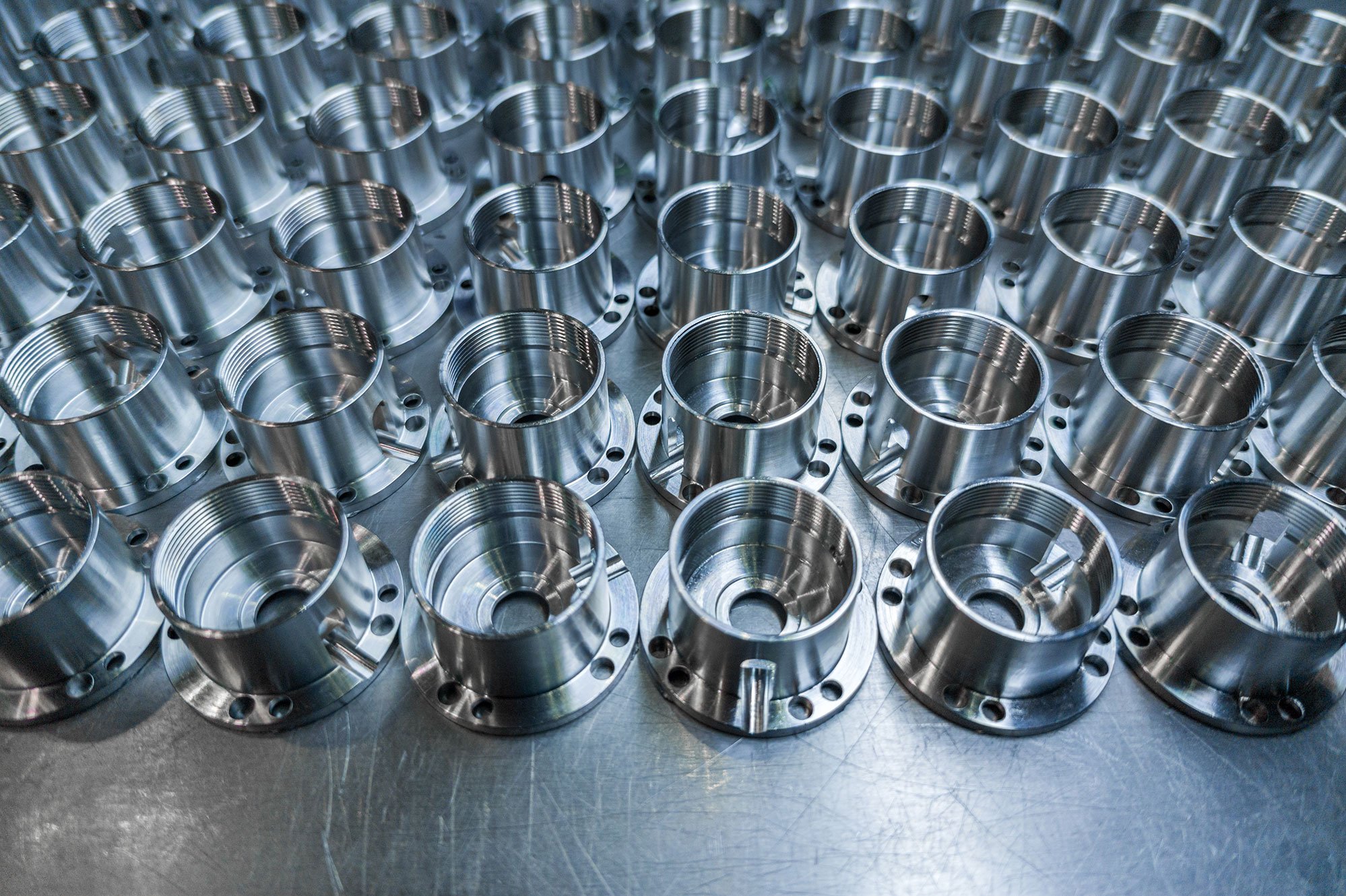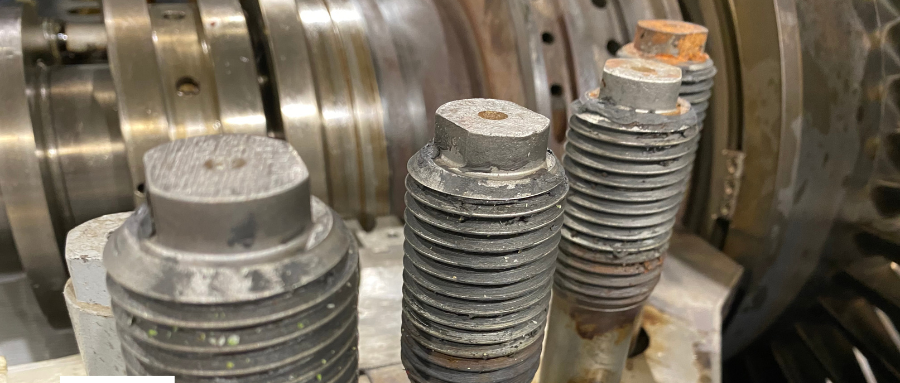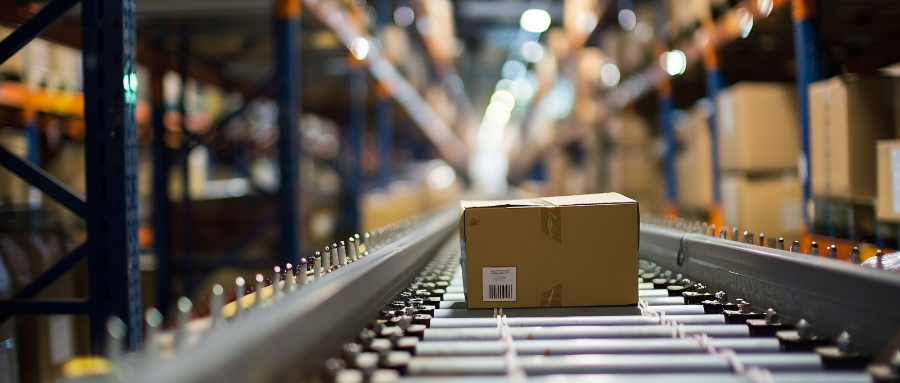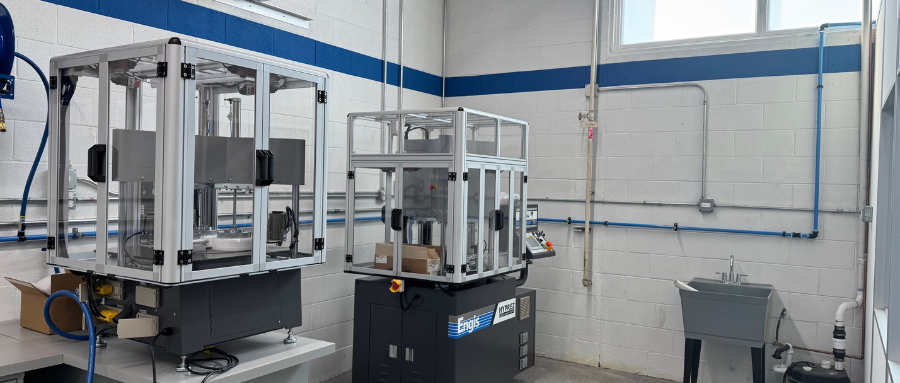Best Seal Material for High-Temperature & Thermal Cycling Applications
When equipment runs hot, sealing material selection becomes mission-critical. The wrong choice can cause system failures, unplanned downtime, and costly repairs. In industries like aerospace, power generation, and chemical processing, understanding how materials behave under extreme temperatures and thermal cycling is essential to long-term reliability.
In This Blog:
- Know Your Temperature Thresholds – PTFE, graphite, and elastomer performance
- Consider Thermal Cycling – How to account for expansion, contraction, and fatigue
- Match Material to Industry Demands – Application-specific sealing solutions
- Don’t Overlook Compatibility – Media resistance, pressure, and system dynamics
1. Know Your Temperature Thresholds
The first step in selecting a seal material is understanding the temperature range your application will face.
- PTFE (Polytetrafluoroethylene) offers outstanding thermal stability, typically performing in temperatures from –450°F (–270°C) up to 620°F (327°C). It's also exceptionally resistant to chemical degradation, making it ideal for harsh environments, including compressors and aerospace systems.
- Graphite seals can withstand sustained temperatures in the range of 850°F (454°C) and even higher in certain formulations, making them well-suited for extreme environments like steam systems, power generation, and jet engines.
- High-performance elastomers such as FKM (e.g., Viton™) are capable of operating in temperatures up to 482°F (250°C), depending on the specific formulation. While some specialty grades may briefly tolerate higher temperatures, most applications rely on the 250°C maximum for long-term reliability. These elastomers are commonly used in fuel systems, compressors, and chemical processing due to their combined heat and fluid resistance.
Understanding each material’s temperature and chemical limits is key to selecting a sealing solution that performs under pressure — literally and figuratively. It’s not just about surviving the heat; it’s about thriving in it.
2. Consider Thermal Cycling
It’s not just the high temperature; it’s the fluctuation. Thermal cycling causes expansion and contraction, which can fatigue seals and lead to leaks over time. Materials with low thermal expansion coefficients (like graphite and PTFE) and excellent compression set resistance are best suited for these conditions.
A well-chosen material is only part of the equation; planning for thermal cycling and ensuring the seal remains effective across the full temperature range is essential to long-term reliability.
3. Match Material to Industry Demands
Each industry brings its own set of challenges. From chemical exposure to thermal shock, sealing materials must be matched to both environmental and operational demands. Here’s how material choice aligns with key industry applications:
- Aerospace: The aerospace industry requires seals that can withstand extreme altitude changes, temperature swings, and aggressive fluids. PTFE and graphite are common here due to their high thermal and chemical stability.
- Power Generation: Steam turbines and high-pressure boilers demand materials like graphite or metal-reinforced PTFE to prevent blowouts under thermal stress.
- Industrial Processing: For chemical or oil & gas environments, elastomers like FKM or perfluoroelastomers (FFKM) offer a balance of heat and chemical resistance.
No single material fits every environment. Understanding the unique stressors of each industry, such as thermal cycling, pressure, and media exposure, helps ensure seals are matched to real-world conditions for maximum safety, reliability, and performance.
4. Don’t Overlook Compatibility
High temperature alone doesn’t tell the full story. Media compatibility, pressure, and system dynamics all play a role. For example, a material that performs well in steam might degrade in oil or fuel. That’s why material selection is rarely one-size-fits-all.
"High-temperature sealing applications are critical in industries where components are exposed to extreme heat, pressure, and often aggressive chemicals. PTFE and Durlon materials have allowed us to solve many sealing applications in Aerospace jet engines, fuel, and hydraulic systems where sealing is critical," notes Gerald Strenk, Ergoseal's Global PTFE Product Manager.
He also points out many other industries and applications where high-temperature sealing is critical. These include automotive systems, such as turbochargers and EGRs; oil and gas environments, including downhole tools and refinery equipment like valves and pumps; and food and pharmaceutical manufacturing, where sterilization and high-temperature CIP/SIP systems are used. In the industrial realm, you’ll also find these demands in furnaces and thermal processing equipment.
Need Help Choosing?
Ergoseal engineers can help you identify the best sealing solution based on your application’s temperature, cycling, media, and design constraints. Get in touch with us today!




.png)
.png)
.png)




.png?width=352&name=compressor%20blog%20May%202025%20(1).png)
.png?width=352&name=ERGO%20-%20Employee%20Spotlight%20(1).png)